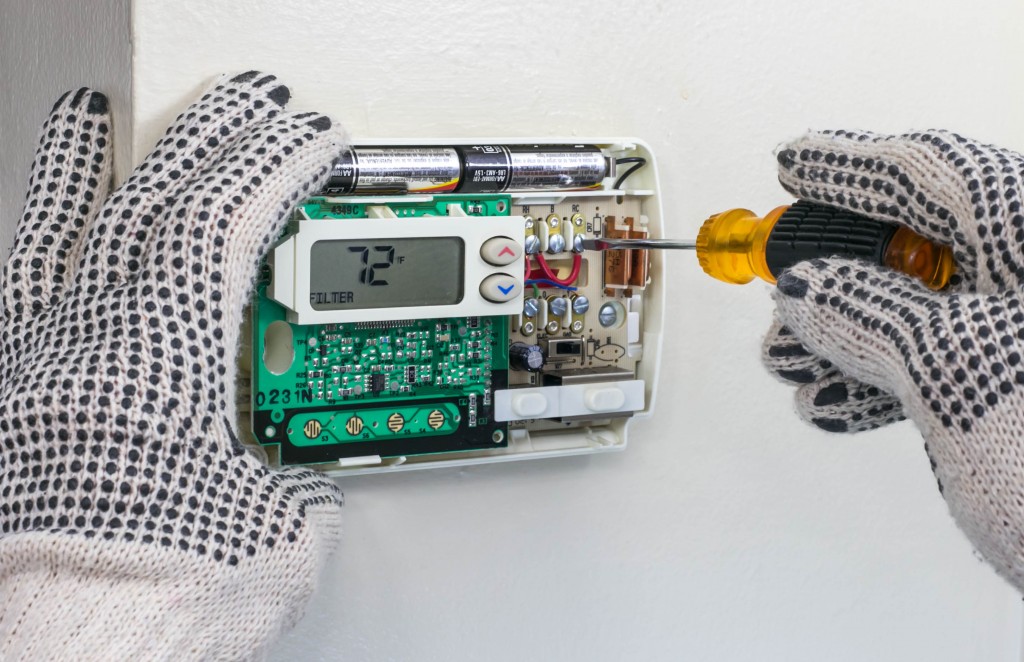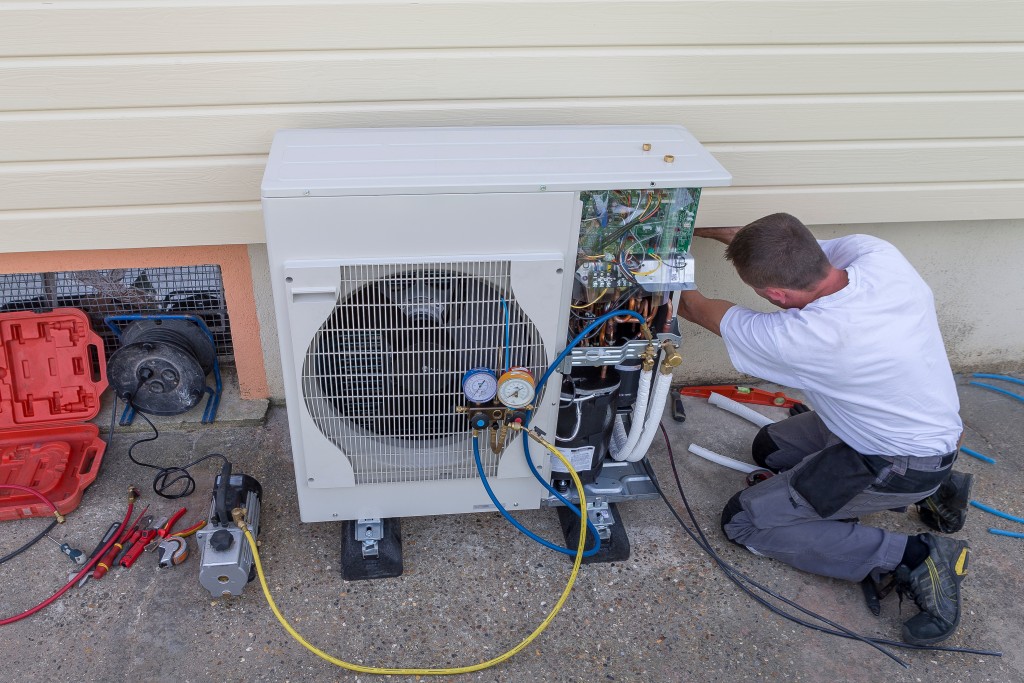In this day and age, you’d be hard-pressed to find a home that doesn’t rely on HVAC systems to maintain indoor comfort throughout the year. Meanwhile, HVAC systems rely on energy to work. Now, there are certain things you have to keep in mind to make sure that your HVAC works for you, not against you.
You’ve probably heard time and again that HVAC maintenance is crucial in ensuring that your units last long. However, HVAC repair and maintenance also helps ensure that your system doesn’t consume more energy than it’s supposed to.
If you’ve put off HVAC maintenance for quite a while now, your system may be harboring issues that do not only compromise your home’s comfort but its energy efficiency as well. Here are the telltale signs that your HVAC is making you lose money on unnecessary energy consumption.
1. Temperature Inconsistencies
The size, design, installation, and maintenance of your HVAC unit all affect how the system efficiently moves air throughout your home. The ductwork is also crucial in ensuring equal distribution of conditioned air. If your HVAC system isn’t designed to equally distribute the conditioned air to all the rooms in your home, the system will have to work harder to achieve the desired temperature. As a result, it will consume energy as it tries to maintain the temperature you set on your thermostat.
2. Your home feels humid
Do you feel clammy when you’re indoors despite the room being air-conditioned? That sticky feeling on your skin is a sign that there is higher humidity than there should be. An efficient HVAC system should not only be able to handle temperature control but also keep humidity at the right levels.
Ideally, when warm air passes through the air conditioning unit’s evaporator coils, moisture from that air should condense. As a result, excess moisture is removed from the air. However, if the coils are not cold enough, it will not be able to remove said moisture. This moisture is then circulated to the home. Evaporator coils fail to maintain the right temperature due to several reasons, such as refrigerant loss or damage.
Now, humidity may make you feel warm, making you want to lower the temperature to make the home cooler. As you do, the AC unit will work harder, thereby consuming additional energy.
3. You don’t have a separate thermostat for each room

It is common for older HVAC systems to have a single control and, therefore, a single temperature setting. The problem in such set up is that you may need to make one or two areas cooler (or warmer) than others. For instance, if you have a huge living room, it will naturally take a lower temperature to make the entire area cool. However, other smaller rooms will cool faster.
In such a setup, rooms that do not need to be cooled or warmed at certain times of the day end up being cooled or warmed regardless as you try to maintain a comfortable temperature for other areas. You can already imagine how tasking this could be for your HVAC system. Not only does your HVAC unit has to work hard constantly, but it’s also consuming energy trying to cool an area that doesn’t need it. A good solution for this is to either get a new HVAC system or install separate thermostats for different areas of your home — or both.
Consult a Reliable HVAC Company to Get Professional Recommendations
If you observe any or all of these three signs in your home, it’s highly likely you’ve been wasting energy because of an inefficient HVAC system. A trusted HVAC professional in your area will be able to recommend the best solution.

